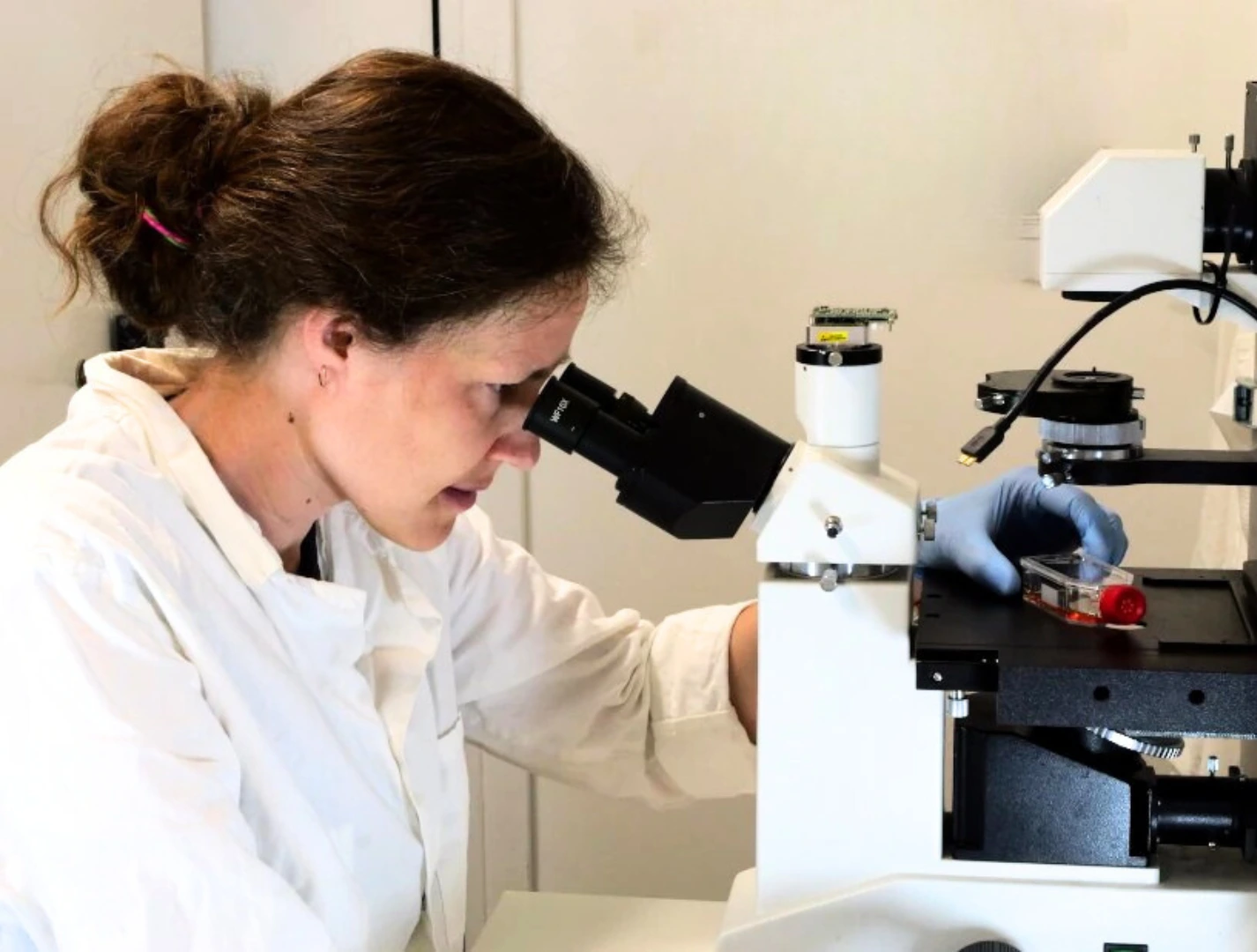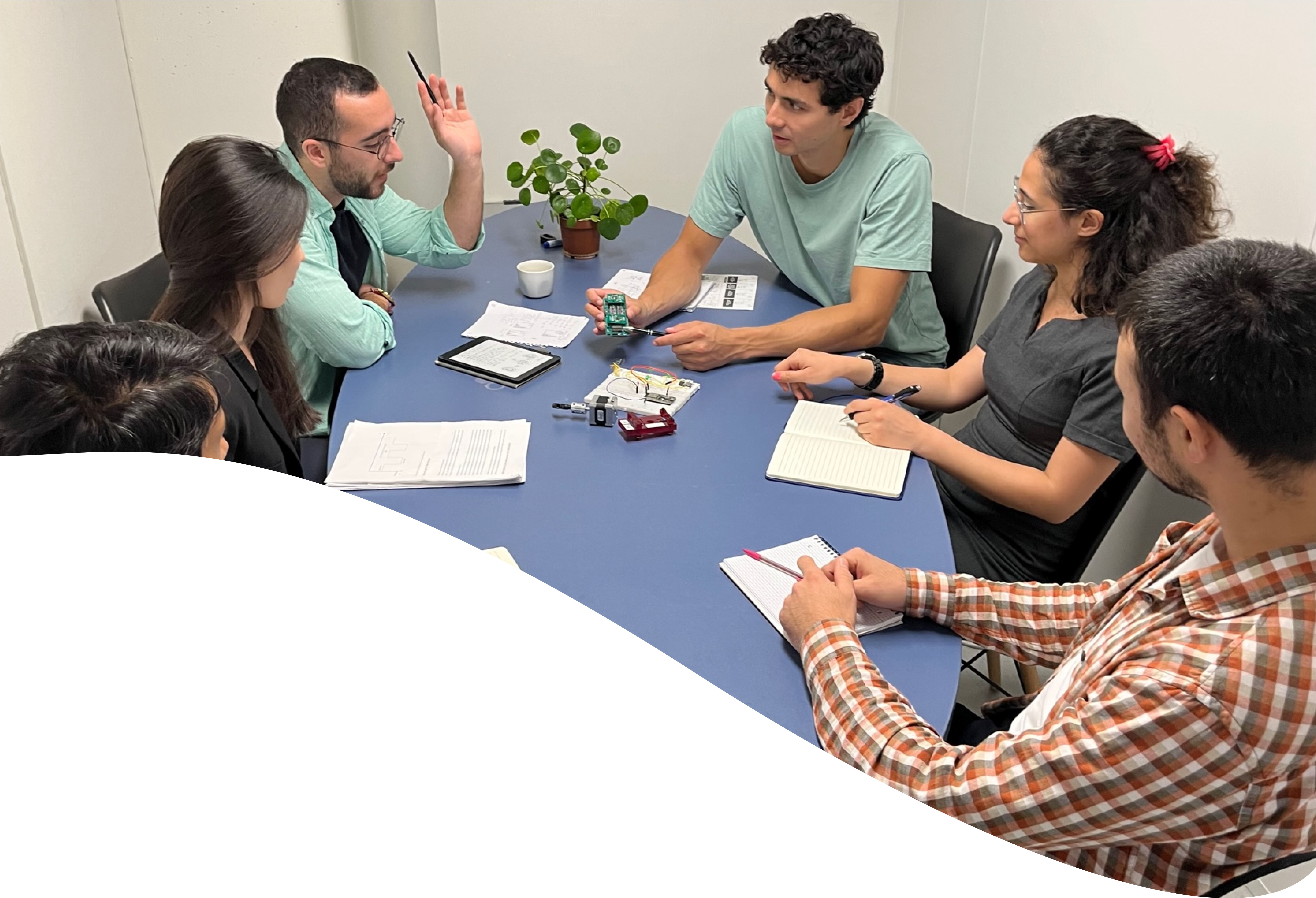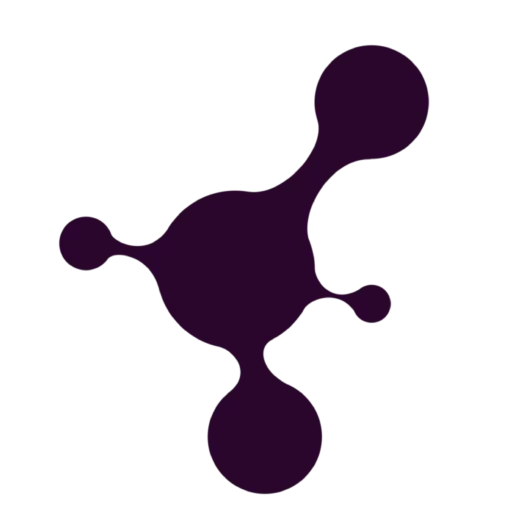VOXWRITE
4D printing new additive manufacturing technologies
Writer
Celeste Chidiac, PhD
Keywords
Microfluidic Devices, Intelligent Microfluidics, Artificial Intelligence, Machine Learning
Author
Marlene Kopf
Publication Date
May 24, 2024
Keywords
Intelligent Microfluidics
Deep Learning
Microfluidic Devices
Artificial Intelligence
Machine Learning
4D printing
additive manufacturing technologies
droplet-based voxels
Your microfluidic SME partner for Horizon Europe
We take care of microfluidic engineering, work on valorization and optimize the proposal with you
Industry 4.0: towards transformative objects
From 3D printing to 4D printing: introduction

Project VOXWRITE (Direct Voxel Writing Based on Microfluidics Multi-Material 4D printing) aims to develop cutting-edge technology in additive manufacturing that can print multi-material 4D materials.
Developed in the 1980s, conventional additive manufacturing technologies (commonly known as 3D printing) revolutionized the field by providing great freedom to design and fabricate original devices with high added value.
In the past ten years, the technology evolved towards the fabrication of meta materials (objects composed of materials with different physical and mechanical properties) that can react to external stimuli (e.g., temperature, current, light, pH …) and shapeshift accordingly. With this time-dependent transformation ability, 3D printing has become 4D printing. Such materials showcased a positive impact in diverse fields such as medicine, biomedical devices, automotive or space.
As of now, research in 4D printing has focused mostly on demonstrating and characterizing the primitive functions of shape-changing materials (bending, twisting, reversibility …, etc.). A focus on their integration in a device to easily build complex materials is now key to enabling the full potential of additive manufacturing technologies.
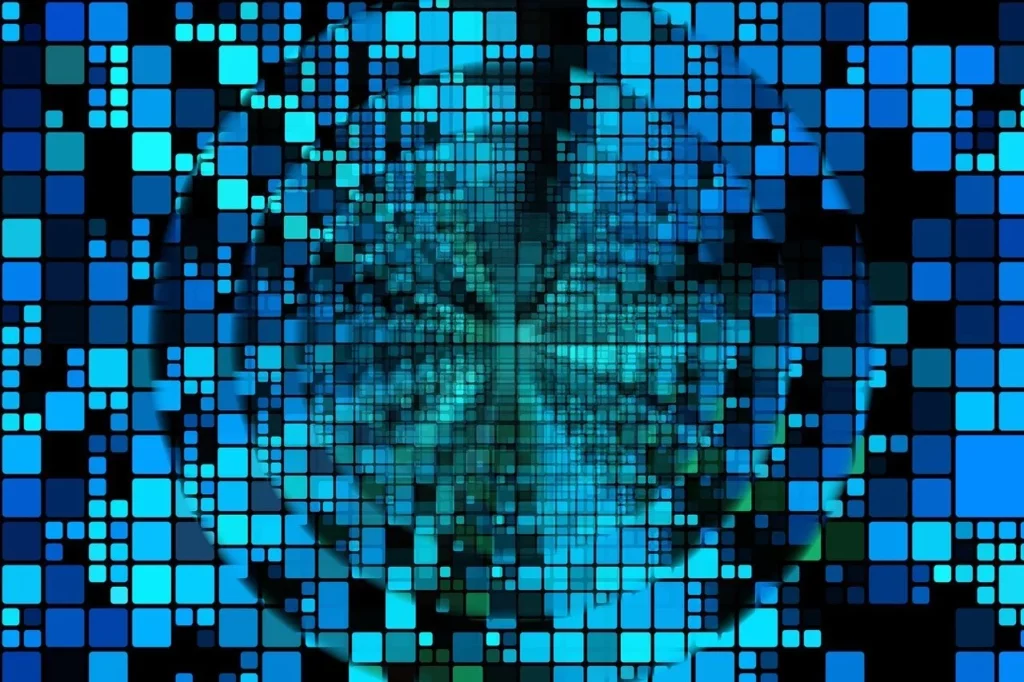
4D printing voxel deposition using microfluidics: project description
The principle of project VOXWRITE relies on hacking the object to be printed by additive manufacturing into voxels. A voxel is an elementary volume of material constituting a 4D object, similar to how a pixel is the elementary constituent of a picture.
To create a metamaterial by 4D printing, various strategies can be employed to determine the distribution of these materials inside the desired structure: multilayers, gradient composition, patterned, and computed distributions. While filament-based technologies only address the first distributions, using droplet-based voxels allows the creation of more complex materials using any kind of distribution for additive manufacturing.
VOXWRITE envisions developing innovative microfluidic-based additive manufacturing technologies that can deposit polymerizable microdroplets encapsulating multiple materials with variable spatial resolutions.

This project unites the expertise of project members in France and Switzerland. It is coordinated by the Université de Technologie de Belfort Montbéliard (FR), with the participation of the Microfluidics Innovation Center (FR) and of the Ecole Polytechnique Fédérale de Lausanne (CH).
As a project partner in VOXWRITE, the MIC develops instruments for generating resin droplets by means of sequential injection of liquids, with the droplets serving as voxels. The aim is to produce droplets with different properties for the printing process.
Results from this project
In addition, the MIC developed a flow splitter instrument.
Deliverables of the project
Official intellectual property (IP) plan of the project from all beneficiaries.
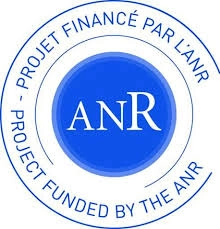

Funding and Support
The project VOXWRITE has been funded by the ANR (Agence Nationale de la Recherche, project number ANR-23-CE10-0018-02) and the SNF (Schweizerischer Nationalfonds) in the framework of the AAPG2023 PRCI.
Start date: 1 January 2024
End date: 30 Juin 2027
Check our Projects
FAQ – 4D Printing & Additive Manufacturing: VOXWRITE
In brief, what is VOXWRITE?
VOXWRITE is a Swiss-French study project that reinvents additive manufacturing through 3D droplet writing. It is supported by the French ANR and the Swiss SNSF under the AAPG2023 PRCI framework (project number ANR-23-CE10-0018-02). The timeline runs from 1 January 2024 to 30 June 2027, with cross-border collaboration.
All the droplets are voxels, i.e., small volumes that may contain one or more materials, thus printed objects can subsequently change shape or functionality when activated (the 4th dimension). Its objective is high-quality multi-material 4D printing with high spatial resolution.
Why are droplets voxels, and not the old-fashioned filaments?
Filament deposition works well with layers; however, it does not work well with complex internal structures or compositional gradients. Droplet-based voxels allow you to compute and locate varying chemistries at any location in the part gradient, pattern, or even layered computed layouts, and separate reagents to minimize cross-contamination during printing.
What exactly counts as "4D" here?
Materials are designed to change in response to a stimulus, bending, twisting, stiffening, or reorganizing when exposed to stimuli such as heat, light, current, or pH. A 3D-printed object is fixed, a 4D-printed metamaterial evolves predictably after printing, and this applies to biomedical devices, soft robotics, and deployable structures.
Who is in the consortium?
The management of the project lies with Université de Technologie de Belfort-Montbéliard (France), and the collaborators are École Polytechnique Fédérale de Lausanne (Switzerland) and the Microfluidics Innovation Center (France). MIC drives microfluidic instrumentation, including the stable production of droplets through sequential injection, and provides control over the size and composition of the voxel ink as fed to the printer.
So far, what has been constructed by MIC?
Two physical modules (i) a droplet-generating polymerizable resin injection system (controllable size, frequency, and composition) and (ii) a flow-splitter to deliver droplet streams to a multi-material assembly, without compromising on monodispersity. These constitute the voxel supply chain.
What is the length of the project, and how is it financed?
It is funded by ANR (France) and SNSF (Switzerland) as part of AAPG2023 PRCI, project number ANR-23-CE10-0018-02. The grant was commenced on 1 January 2024 and will continue until 30 June 2027, and the beneficiaries will provide an integrated IP plan.
What are the first technical challenges of VOXWRITE?
Three specifically: droplets can be reproducibly produced across materials, spatial programmability at voxel-level resolution (gradients/patterns are first-class citizens), and system reliability to produce long prints – so multi-hour, multi-material prints do not change in size, frequency, or composition.
What does microfluidics allow to make it feasible, instead of a demonstration?
Microfluidics provides rigorous control over flow in small volumes and at low rates. It allows: (a) monodispersible droplet production, (b) control of composition and size for voxel deposition (sequential injection), and (c) frequency-independent droplet streams for multi-material assembly (flow-splitter). Concisely, it transforms an interesting lab demo into an instrumented, repeatable process.
Will it be IP and future exploited?
Yes, consent on intellectual property is a definite deliverable. It allows partners to publish core science while keeping know-how on instrument design, process recipes, and voxel layout strategies required for industrial use.
We are building a Horizon Europe consortium - why not MIC?
The reason a mature SME narrows down offers is that initial feasibility assessments, automation decisions, exploitation strategies, and prototype roadmaps are brought to fruition. MIC partners frequently co-author Methodology/implementation sections, and of the portfolio of consortia MIC partners, the chances of success are approximately twice those of official first-submission standards. It is not a guarantee of EC; it is a tendency that we observe when engineering and valorization are made in-house.
What should partners consider for collaboration?
That is all it takes: what would you like it to do, what would you like it to read, what types of voxels and resolutions would you like, what chemistries would you want to be printable, and what interface would you prefer it to have (throughput, footprint, regulatory path). Based on this, MIC will be able to map the microfluidic architecture, specify print tests, and create a plausible prototype plan.
